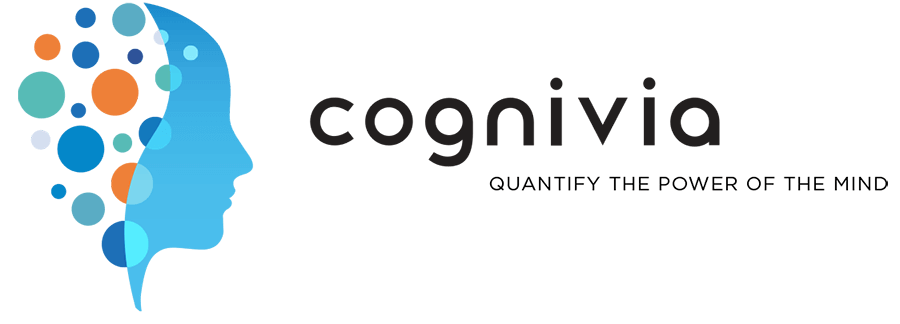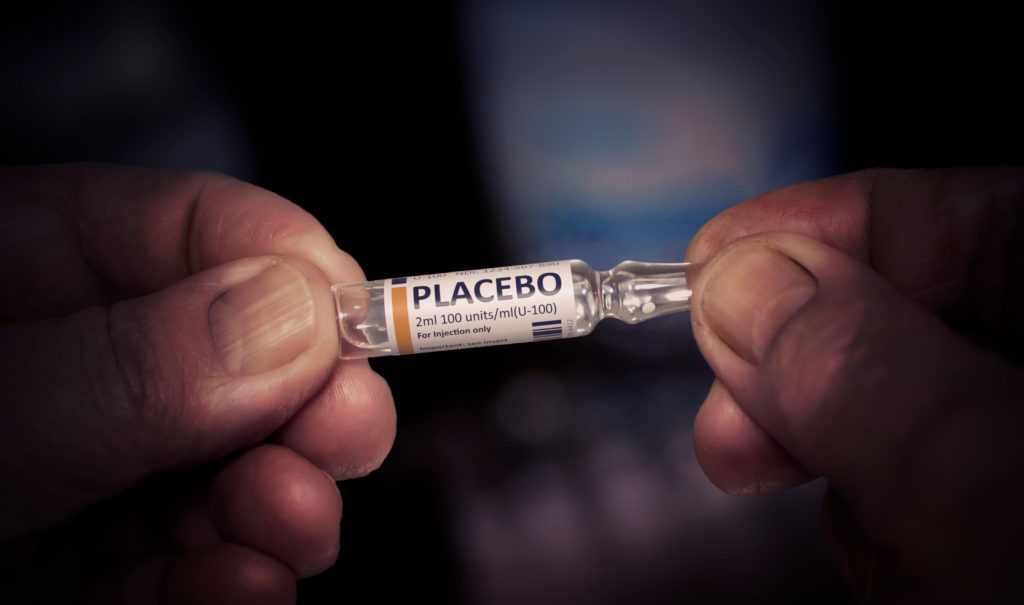Placebo response is one of the biggest threats to clinical data analysis– especially when left unchecked. In this blog, we review the top three risks trial scientists must address (and how to address them).
The placebo response is the measured improvement of a patient in a clinical trial after receiving a sham treatment. It includes various factors, including the placebo effect, study effect, regression to the mean and other biases. Left unchecked, the placebo response represents a significant threat to a clinical trial’s ability to evaluate therapeutic safety and efficacy. Here’s why.
Why Is the Placebo Response Such a Problem?
The placebo response creates noise in trial data analysis. The more noise there is, the harder it is to discern the true treatment effect.
For example, the placebo response is responsible for up to 68% of the measured drug response in antidepressants and as much as 60% of the measured drug response across therapeutic areas. These numbers are a problem when you’re trying to discern the true efficacy of a treatment.
So, what’s causing this to happen?
What Causes the Placebo Response?
There are six influences of placebo response:
- Patient psychology: The way a patient thinks and behaves can impact the placebo response.
- Expectations: A patient’s belief they’ll get better can drive symptom improvement.
- Baseline disease intensity: A higher intensity score seems to relate to a higher placebo response.
- Study design factors: The number of groups in a study, the trial complexity and the treatment duration.
- Mode of drug administration: More invasive modes (like intra-articular injection) can create a higher placebo response.
- Transference from trial physician: The trial physician’s social interactions and subtle context clues can affect the patient’s response to the treatment.
Here are the risks of placebo response—when these influences are left unaddressed.
Top 3 Risks of Unchecked Placebo Response
Risk #1: Trial Failure Due to Type I Error
When you don’t address placebo response, you risk a failed trial due to Type I error, also known as a false positive. In this scenario, placebo response is mistaken as treatment response.
When the placebo response goes unchecked, an ineffective drug moves into the next phase, which is a problem on two fronts:
- There are high costs to developing a drug that’s ultimately useless.
- Once you realize the drug is not efficacious or safe, you have to start over and extend the development timeline.
So, an unchecked placebo response can lead to an expensive and time-consuming drug development process that is ultimately fruitless.
Risk #2: Trial Failure Due to Type II Error
Another risk you face is a failed trial due to Type II error, also known as a false negative. When that happens, a drug seems to be ineffective when it actually works. In this scenario, placebo response obscures treatment response.
Ultimately, you risk disregarding a good compound or a lower dose because the noise from the placebo response clouds the true treatment effect.
With a dose issue, your risk-benefit balance isn’t optimal. A higher dose creates a greater risk for side effects or adverse events. If you’re only able to detect efficacy when the dose is high, the risk of side effects is bigger. This negatively impacts the risk-benefit balance.
However, Type I and Type II failure risks have implications on more than just the study itself. Let’s talk about the patient.
Risk #3: Jeopardizing Patient Care
The third and final risk of unchecked placebo response is jeopardizing patient care.
Clinical trial failure related to the placebo response gets in the way of the quest for personalized medicine. You can’t develop more tailored therapies for patients unless you address this issue.
Also, patients with many diseases, like Parkinson’s disease (PD) and osteoarthritis (OA), don’t have drugs that work but people need.
For example, the degree of improvement on standard PD rating scales can be 20 percent or more in patients treated with placebo. Because of this, any drug needs an exceedingly higher rating to be considered effective.
The results for OA trials aren’t any better. On average, the placebo effect is responsible for 75% pain reduction, 71% functional improvement and 83% stiffness improvement with OA treatments.
As a result of the placebo response, effective PD and OA drugs often fail in Phase II or Phase III trials. If this is happening, that means the placebo response is going unchecked. Why?
Why Is Placebo Response Going Unchecked?
At a high level, placebo response goes unchecked because holistic, broadly effective solutions haven’t historically been available. Traditionally, clinical trials have relied on two options: training patients to reproducibly report symptoms and training sites to optimize patient interactions.
But such efforts are limited in scope and impact – they only address certain extrinsic, circumstantial influences of placebo response, not the intrinsic placebo effect, which is unique to each patient and difficult or impossible to minimize. As these methods only address limited aspects of the placebo response, their impact is modest at best.
Trial scientists must focus on understanding the placebo effect because each patient’s placebo effect is real and innate.
Thus far, the only way to do this is by using AI-based methods that help predict and account for individual patients’ placebo responsiveness in clinical trials.
Conclusion
The risks of unchecked placebo response must be taken seriously to develop an effective drug that ultimately makes it to market. But to address these risks, you need a proven solution that is easily implemented and scalable for large, industrial trials, to help predict and account for the placebo effect in clinical trials. While traditional methods to reduce the placebo response may yield modest benefits to trial data (5-10% reduction in data variability), accounting for the placebo effect in clinical trial statistical analysis has substantial benefits (30-35% reduction in data variability).
Predictive modeling makes it possible to calculate placebo responsiveness scores for patients at the beginning of the study so you can cut through the noise from the outset and determine true treatment efficacy.
Placebell©™ offers a reliable AI-based method to predict and account for placebo response in clinical trials. Contact us to learn more.





